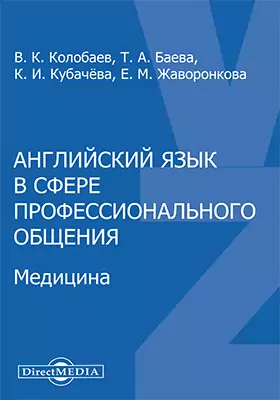Английский язык в сфере профессионального общения : медицина
Автор: Виктор Колобаев, Тамара Баева, Кабият Кубачева, Елена Жаворонкова
Форматы: PDF
Издательство: Директ-Медиа
Год: 2015
Место издания: Москва|Берлин
ISBN: 978-5-4475-5267-1
Страниц: 110
Артикул: 11449
Возрастная маркировка: 16+
Краткая аннотация книги "Английский язык в сфере профессионального общения"
Учебное пособие предназначено для студентов медицинских вузов. Основная цель пособия – формирование языковой компетенции, которая обеспечивает овладение навыками извлечения и обработки информации из иноязычного источника (чтение, перевод, аннотирование и реферирование медицинской литературы), а также устными коммуникативными навыками общения в профессиональной сфере. Пособие состоит из шести разделов, содержащих учебно-тренировочный материал, представленный в виде комплексов заданий по соответствующим разделам анатомии и физиологии. В конце пособия приводятся тесты для определения уровня владения материалом темы.
Содержание книги "Английский язык в сфере профессионального общения"
Введение
UNIT I. THE CELL AND BODY TISSUES
UNIT II. SKELETAL SYSTEM
UNIT III. THE RESPIRATORY SYSTEM
UNIT IV. DIGESTIVE SYSTEM
UNIT V. THE CARDIOVASCULAR SYSTEM
UNIT VI. THE NERVOUS SYSTEM
TESTS
Unit 1. THE CELL. Test 1
Unit 1. THE CELL. Test 2
Unit 2. THE SKELETAL SYSTEM. Test 1
Unit 2. THE SKELETAL SYSTEM. Test 2
Unit 3. THE RESPIRATORY SYSTEM. Test 1
Unit 3. THE RESPIRATORY SYSTEM. Test 2
Unit 4. THE DIGESTIVE SYSTEM. Test 1
Unit 4. THE DIGESTIVE SYSTEM. Test 2
Unit 5. THE CARDIOVASCULAR SYSTEM. Test 1
Unit 5. THE CARDIOVASCULAR SYSTEM. Test 2
Unit 6. THE NERVOUS SYSTEM. Test 1
Unit 6. THE NERVOUS SYSTEM. Test 2
Все отзывы о книге Английский язык в сфере профессионального общения : медицина
Отрывок из книги Английский язык в сфере профессионального общения : медицина
The wall of the heart is composed of three distinct layers. The outer layer is the epicardium. The thick middle layer of the heart wall is called the myocar-dium and it is composed of cardiac muscle tissue. The inner layer of the wall is called the endocardium. The interior of the heart is divided into four chambers: upper right and left atria and lower right and left ventricles. Heart valves maintain the one-way flow blood. The right side of the heart receives deoxygenated blood and pumps it to the lungs. The left side of the heart receives oxygenated blood from the lungs and pumps it throughout the body. Blood vessels form a dense network that permits blood to flow from the heart to all living cells of the body and then to the heart. Arteries carry blood away from the heart, while veins return blood to the heart. Microscopic arter-ies are called arterioles and microscopic veins are venules. Blood passes from the arterial to the venous system in capillaries, which are the thinnest and most numerous blood vessels. All exchange of fluid, nutrients, and wastes between the blood and tissue cells occurs across the walls of capillaries; thus, they are considered the basic functional units of the circulatory system. It includes the pulmonary circulation, a «loop» through the lungs where blood is oxygenated; and the systemic circulation, a «loop» through the rest of the body to provide it with oxygenated blood. Many functions of the circulatory system can be grouped into two broad areas: transportation and protection. Transportation – All of the substances involved in cellular metabolism are transported by the circulatory system. These substances can be catego-rized as follows: Respiratory. Red blood cells called erythrocytes transport oxygen to the tissue cells. Carbon dioxide produced by cellular respiration is carried by the blood to the lungs for elimination in the exhaled air. Nutritive. The digestive system is responsible for the mechan...
С книгой "Английский язык в сфере профессионального общения" читают



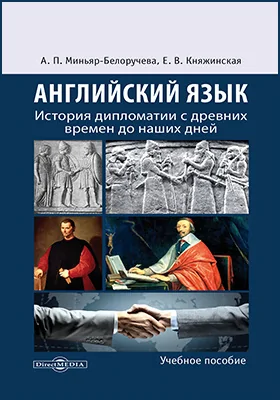


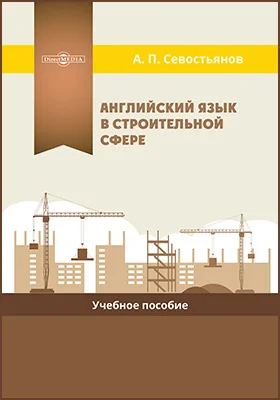



Бестселлеры нон-фикшн



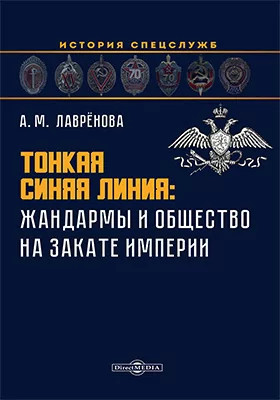









Новинки книги нон-фикшн

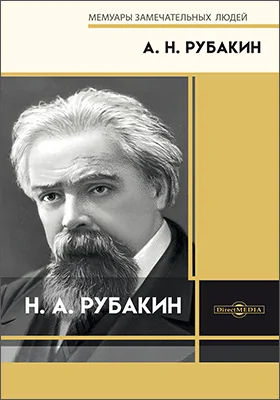







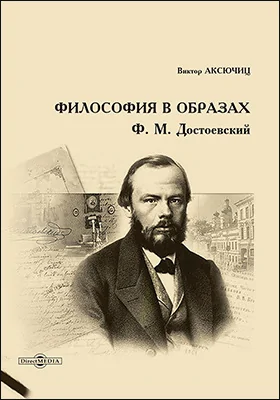



и мы свяжемся с вами в течение 15 минут
за оставленную заявку

